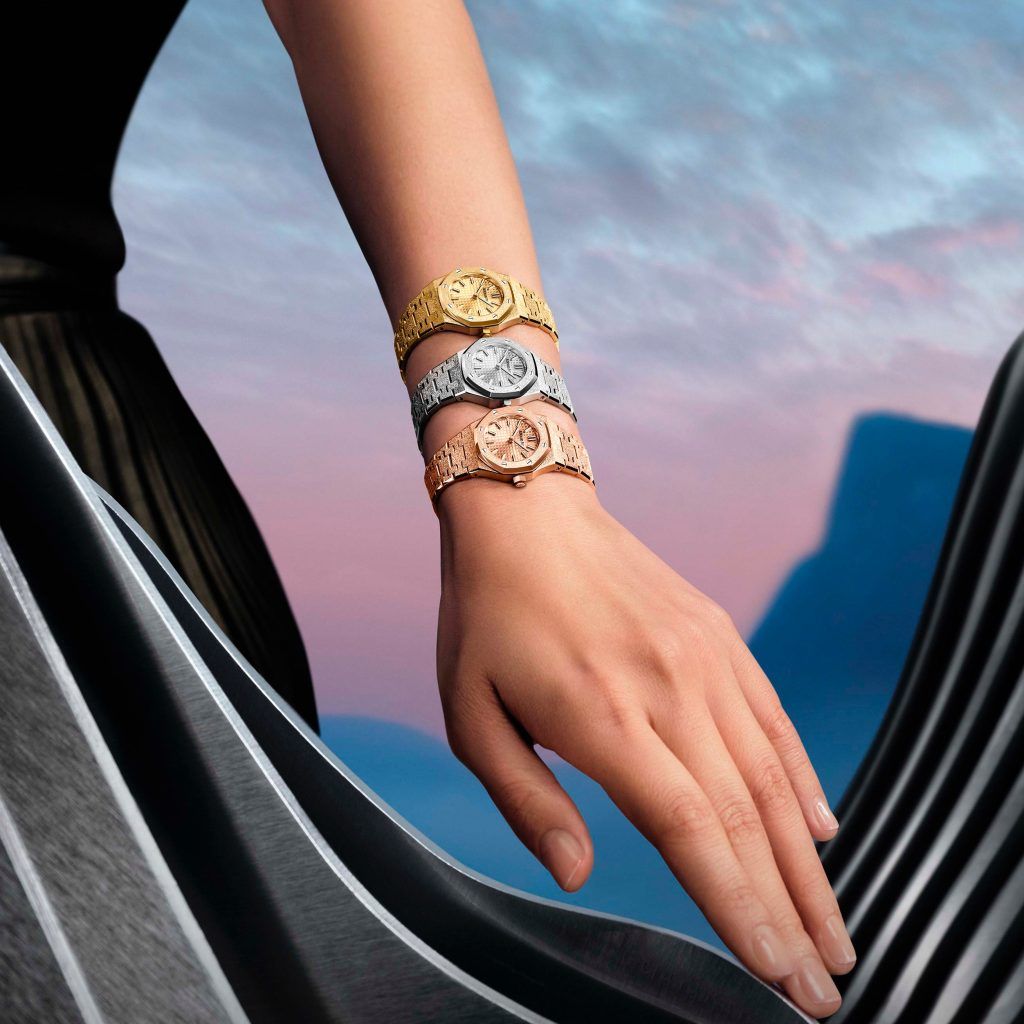The Return of Audemars Piguet’s Royal Oak Mini From 1997


Audemars Piguet’s recent release of the Royal Oak Mini marks the return of the delicately downsized ladies’ luxury sports watch, which was first unveiled in 1997.
When the German-British economist EF Schumacher published his classic work, Small is Beautiful in 1973, it’s doubtful the book was a reaction to the Audemars Piguet Royal Oak, which had been unveiled roughly one year earlier. Indeed, it’s highly unlikely he was thinking of watches at all.

Famously designed by Gérald Genta, the Royal Oak marked a radical break in tradition, in that it was not only the world’s first luxury sports watch, but also that its 39mm diameter was considered unusually large for wristwatches of the time. Perhaps someone in the company took note of Schumacher’s ideas or most likely it was pure coincidence, but whatever the reason, smaller versions of the sports watch more suitable for women wearers soon began to emerge from the Audemars Piguet manufacture in Le Brassus.In 1976, the self-winding model 8636 was released in a 29mm case size, which remains the smallest mechanical Royal Oak ever made, but it was the quartz revolution that enabled even smaller versions of the watch, which culminated in the battery-powered 20mm Mini Royal Oak of 1997.

Now – and again thanks to an in-house quartz calibre – we have a new Royal Oak Mini, which has been daintily downsized for feminine wrists with a striking 23mm case of frosted gold and a matching integrated bracelet. Available in three colours of the precious metal – yellow, white or pink gold – with a frosting method adapted from centuries old techniques used by Florentine jewellery makers, the Royal Oak Mini features Audemar Piguet’s signature Petite Tapisserie dial in the same colour as the case and bracelet, and is powered by the quartz Calibre 2730, which offers a battery life approaching eight years. And, yes, gazing covetously at this exquisite ladies’ watch we’re in agreement with Schumacher’s sentiments 100 percent.